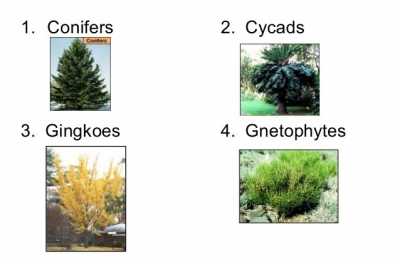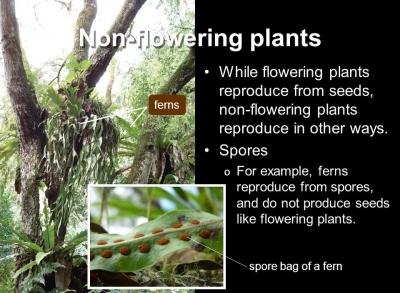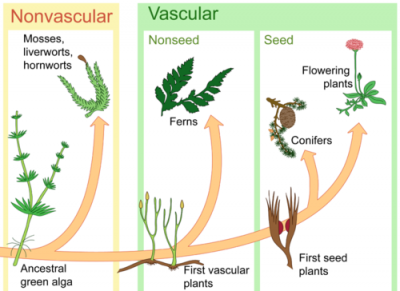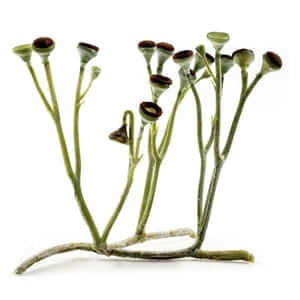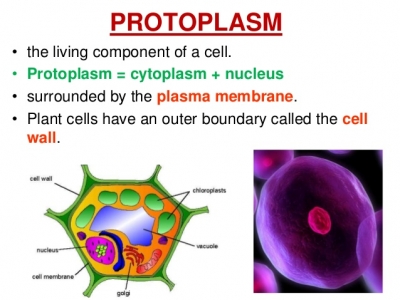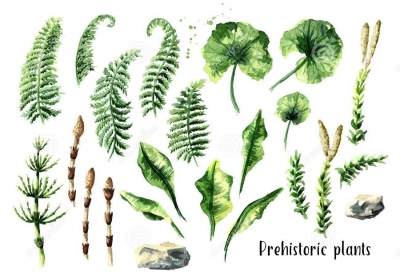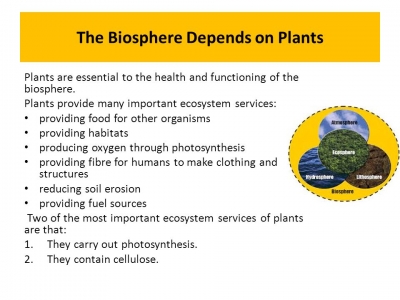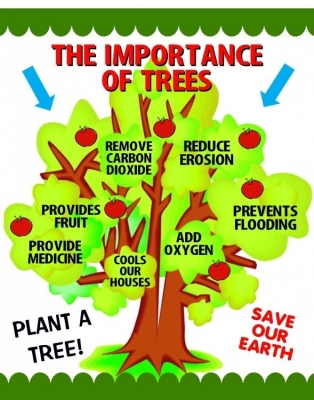
I am a student of class IX. My queries are : I have heard about NTSE. What is it and who can apply for it? What are the subjects included and which book to consult for it? Also, is coaching necessary for IIT / civil services? Tell me how to prepare for IIT-JEE and civil services.
First, about the National Talent Search Examination (NTSE). NTSE is conducted by the National Council of Educational Research and Training (NCERT),New Delhi. NCERT under its National Talent Search Scheme awards 1,000 scholarships, including 150 for scheduled castes and 75 for scheduled tribes candidates, each year. The objective of the scheme is to identify brilliant students at the end of Class X and give them financial assistance towards getting good education. The scheme, launched in 1963 and extended to the rest of the country in 1964, and has undergone several modifications in the last four decades.
All students studying in Class X in any recognised school, including Kendriya Vidyalayas, Navodaya Vidyalayas and Sainik Schools, are eligible to appear for the state level examination in the state in which the candidate’s school is located. The talent identification is done in two stages. The first selection is done by the states / union territories, whereas the second stage selection, at the national level, is carried out by NCERT.
Each state/UT conducts its own examination. It has the freedom to lay down its own norms for the purposes of determining the eligibility of the candidates. The state determines the candidates to be sent for the national-level examination, on the basis of its own written examination. The state level screening examination is conducted in all states/UTs on the fourth Sunday of November, except in Nagaland, Manipur, Meghalaya and Mizoram where it is conducted on the fourth Saturday of November every year.
Students studying in Class X in the country should be on the look out for the advertisement in the newspapers or circular in the school by the respective government of their state/UT for the examination and act as per the requirement in the state advertisement / circular. They should submit the filled-in application form to the state liaison officer through the principal of the school before the due date as advertised/circulated by each concerned state/UT.
The Mental Ability Test has 100 multiple-choice type items, with five alternatives. Each item carries one mark. A variety of questions, such as analogies, classification, series, pattern perception, hidden figures, coding-decoding, block assembly and the like are asked. Candidates are required to answer the items on a separate answer sheet as per instructions given both in the test booklet and on the answer sheet.
SAT consists of 100 multiple-choice questions of one mark each. Each question has four alternatives, out of which only one is the correct answer. There are 40 questions from sciences, 40 from social sciences and 20 from mathematics. In science, there are questions from physics, chemistry and biology. Similarly, in social sciences there are questions from history, geography and civics. The question in mathematics cover algebra, arithmetic, geometry, trigonometry, statistics and mensuration. Candidates are required to answer the items on a separate answer sheets.
The medium of examination is English or regional languages, as provided in the Constitution of India. The language in which a candidate wants to take the test has to be mentioned in the application form for the state-level examination. Accordingly, a question booklet in that language is made available to the candidate. No request for change of medium is entertained. The state level examination also has two-part examinations – MAT and SAT. The medium of the test is announced by each state/UT.
The test demands both speed and accuracy. So work on improving both. Use your time wisely. If you find a question difficult, skip it and move ahead without wasting too much time on it. You can always return to these questions once you have completed the entire test.
Though there is no negative marking, wild guessing does not help. The trick is to make intelligent guesses. If you can rule out one or two options as definitely wrong, you improve your chance of scoring in that question.
Whenever you come across a question that has got more than one correct answer, choose only the most appropriate one.
In MAT, questions of the same type are grouped together. Since the instructions for all these questions are the same, read them carefully and answer the questions together.
As regards coaching for IIT-JEE and civil services, it helps to join a course, for a number of reasons. It channelizes your preparation. You can take advantage of a qualified faculty that has perhaps been through the examination process itself, knows the examination pattern thoroughly well and guides you how to approach the paper. This last part is important because even bright students at times mess up an exam if they don’t know the right approach. Also, you get to interact with a whole batch, you take a number of tests in stimulated conditions and you know where you stand.
As regards preparation for IIT-JEE, we carry an article in this issue regarding the changed IIT-JEE pattern. For civil services, the answer to the next question will help you.
Picture Credit : Google
